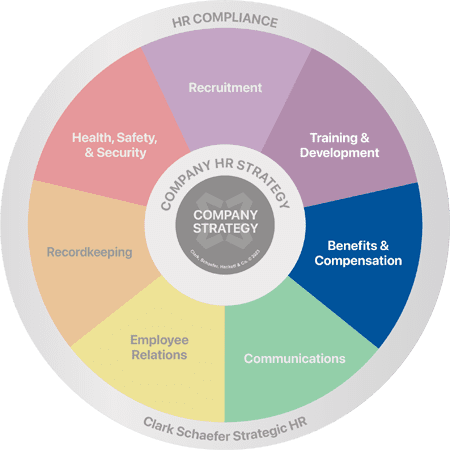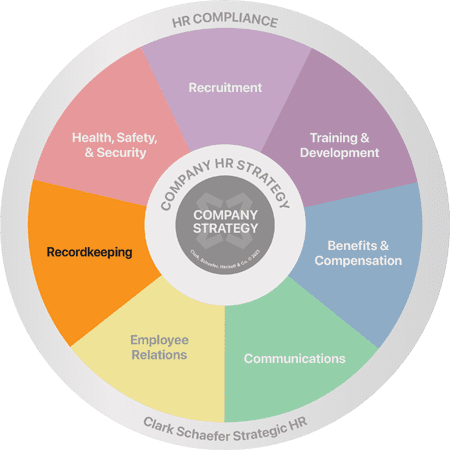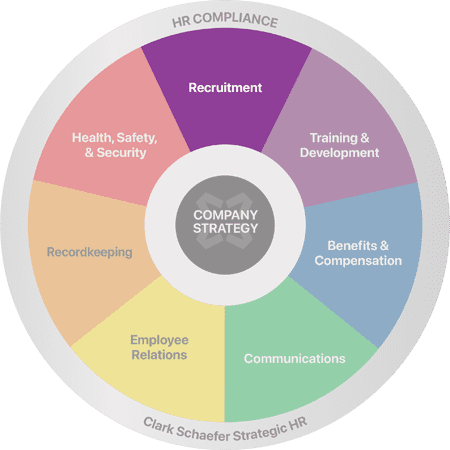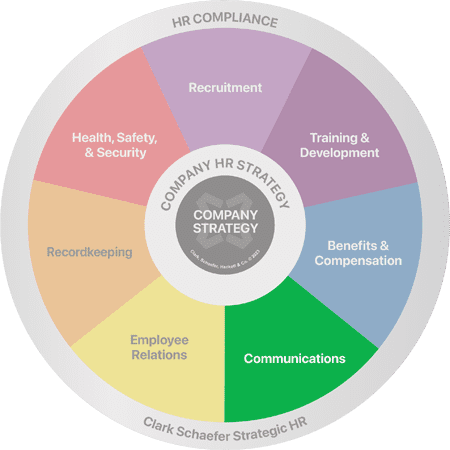Succession Planning: How Can We Prepare for Exits of Key Employees?
Last Updated on January 10, 2023 / HR Strategy

HR Question:
In light of The Great Resignation, I’ve been hearing more and more about the importance of succession planning should any of our key employees or leaders resign. How can our organization make sure we’re appropriately prepared for succession planning so we are well-positioned if we should lose any key players?
HR Answer:
The exit of a key employee can certainly result in turbulence within a business. Lack of preparation in filling such an important role can fuel skepticism about the future of the company among both internal employees and external stakeholders. Organizations can help temper such concerns and instability through succession planning.
Benefits of Succession Planning
Thoughtful succession planning leads to numerous benefits. Organizations that hire their leaders internally may benefit from a better quality of hire than those who look externally. According to a study at the University of Pennsylvania, although internal hires are typically paid less than external hires, they tend to perform better and have lower turnover rates. The success of internal hires may be in part attributed to a deep understanding of the business and culture, along with cultivated relationships amongst the organization, its partners, and customers.
Succession planning also serves to foster goodwill among current employees who see the organization’s faith and investment in its internal talent. Especially considering the challenges in today’s talent market, succession planning may help to increase employee loyalty and tenure within an organization.
To begin succession planning, it is important to consider the strategic direction of the organization. You may pose the questions: what roles will we need to support the future goals of our organization? What kind of growth is expected in the next 1-5 years? Determining the trajectory of the organization will better inform the roles on which to focus your succession planning efforts. Executive leadership and directors constitute critical roles that typically merit inclusion in the process. However, organizations should also include key individual contributors who possess highly specialized skills or knowledge in their succession planning efforts.
Conducting a workforce assessment
Once critical roles are identified, it is important to conduct a workforce assessment to consider factors that may affect the stability of these key roles, such as incumbent retirement eligibility. During this portion of the process, it is also essential to identify members of the internal talent pool who may be able to fill these critical roles, with the right development opportunities. You should consider the current performance of these employees, as well as their future potential. Finally, when evaluating your internal talent pool, you will want to ensure that your pipeline of emerging leaders is diverse and can bring distinct perspectives to these key roles.
Identify gaps in knowledge and skills
Next, you will want to identify any gaps between the knowledge and skills possessed by the incumbents of critical roles and those in the talent pipeline to succeed them. Once these gaps are determined, leaders can begin creating career development plans in partnership with high-potential employees. Such career development plans may include shadowing a key employee, engaging in a mentorship program, or participating in a stretch assignment for exposure to new business functions, geographies, and customers. A career development plan may also include courses or seminars to help hone essential technical or soft skills. Finally, as part of their development process, high-potential employees could be invited to participate in board meetings for additional exposure to strategic planning initiatives.
It is important to note that succession planning is not a one-time initiative, but rather constitutes an ongoing process by which the internal talent pipeline is continually identified and developed. Organizations that implement thoughtful and strategic succession planning will benefit not only from increased stability during the exit of a key employee, but also from enhanced loyalty of employees who see the organization’s investment in its internal talent.
Thank you to Christine McLaughlin, HR Business Advisor, for contributing to this HR Question of the Week.
Whatever HR challenge your business may be facing, Clark Schaefer Strategic HR can help! Whether it’s by developing a robust internal succession planning process, creating or improving your performance management system, or developing a comprehensive strategic business plan through our HR Strategy services, our team of experienced consultants is waiting to partner with you. Contact us to talk through your HR Strategy needs.








